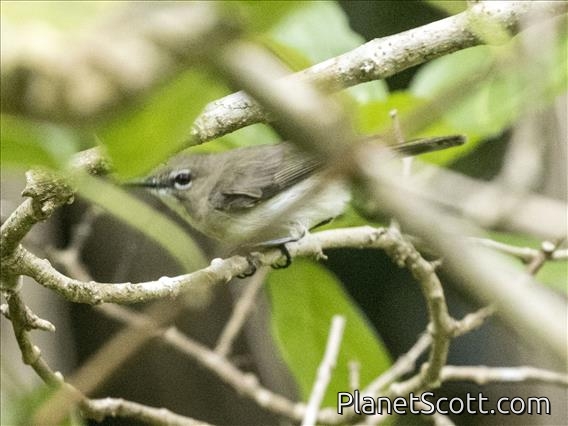Large-billed Gerygone (Gerygone magnirostris)

Large-billed Gerygone (Gerygone magnirostris)
×


Large-billed Gerygone (Gerygone magnirostris)
About Large-billed Gerygone (Gerygone magnirostris)
- Kingdom: Animals
- Phylum: Chordates
- Class: Birds
- Order: Perching Birds
- Family: Thornbills and Allies
The large-billed gerygone is a species of bird in the family Acanthizidae found in northern Australia and New Guinea.
Source: Wikipedia
Lifelists
Visits
-
2012-11-10
Daintree River Boat Trip, Australia -
2012-11-16
Mamu Canopy Walkway, AustraliaNot sure on ID and also can't remember any water. See pic. -



